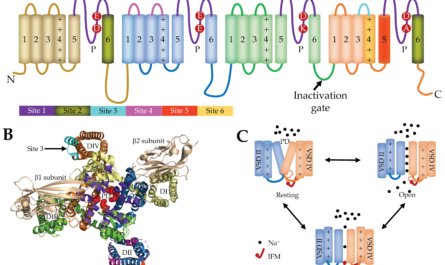Researchers at National Taiwan Normal University, Taiwan Semiconductor Research Institute, National Yang Ming Chiao Tung University, and National Cheng Kung University have successfully developed new transistors with sliding ferroelectricity based on polarity-switchable molybdenum disulfide (MoS2). These transistors show promising potential for computing-in-memory applications.
Computing-in-memory devices have gained increasing attention from engineers as a way to combine computational and memory functions in a single device. These devices offer several advantages, including faster speeds and improved data analysis capabilities. To ensure data storage and low power consumption, these devices require ferroelectric materials with favorable properties that can be scaled down in thickness. Two-dimensional (2D) semiconductors with sliding ferroelectricity have emerged as promising candidates for computing-in-memory. However, achieving a switchable electric polarization in these materials has been a challenge.
The research team discovered numerous parallel-distributed domain boundaries in their MoS2 flakes, which led them to explore the potential utilization of this material for the development of ferroelectric memory. The objective of the study was to identify an effective method for synthesizing epitaxial MoS2 with sliding ferroelectricity. The team developed a fabrication strategy that allowed them to create ferroelectric transistors with desirable characteristics.
During the chemical vapor deposition (CVD) growth process, the researchers incorporated the 3R-MoS2 channel into a switchable ferroelectric material. Formation of domain boundaries in 3R-MoS2 films is crucial for the ability to switch polarized domains. The team proposed a synthesis strategy to increase the occurrence of domain boundaries in the material, enabling domain flipping in response to gate voltage.
Initial tests of the ferroelectric transistors demonstrated their performance, including an average memory window of 7V with an applied voltage of 10V, retention times above 104 seconds, and endurance exceeding 104 cycles. These results indicate the potential of these transistors for computing-in-memory applications.
The ferroelectric semiconductor transistors possess non-volatility, reprogrammability, and low switching fields due to the sliding ferroelectricity enabled by the shear transformation-induced dislocations in the 3R-MoS2 film. The thickness of the device is approximately two atomic layers, making it compatible with state-of-the-art CMOS technology requirements.
The fabrication strategy developed by the researchers could also be applied to other 2D semiconducting materials with sliding ferroelectricity, allowing for the creation of high-performance computing-in-memory devices and contributing to the advancement of electronics.
Moving forward, the team aims to further explore the switching mechanisms and domain microstructures to develop high-speed, long-retention memory devices. The researchers believe that their work demonstrates the potential of epitaxial sliding ferroelectric materials for the development of large-scale, high-throughput memory devices.
These findings represent significant progress in the field of computing-in-memory devices and offer new possibilities for the future of electronics.
*Note:
1. Source: Coherent Market Insights, Public sources, Desk research
2. We have leveraged AI tools to mine information and compile it




